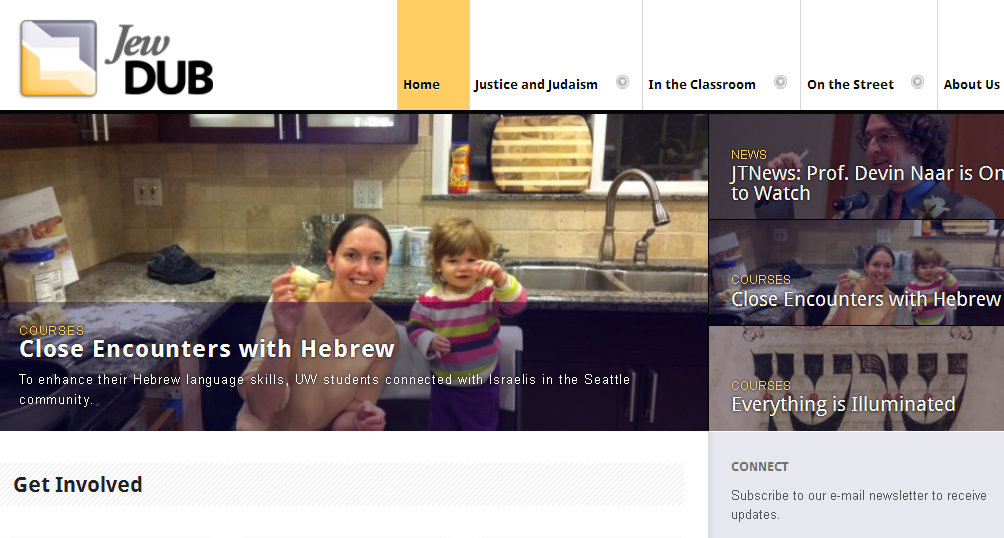 I am generally not a huge fan of sports movies, but I will admit to being a total sucker for “Field of Dreams.” Something about the plot’s magical realism gets me every time. Time-traveling baseball players! James Earl Jones chuckling as he disappears into the cornfield! A chance to play catch with the younger incarnation of one’s father! If I happen across this movie while flipping channels, I am hooked until the last frame, happily dazed by the glowing headlights of the cars lined up to watch a game at the titular diamond.
I am generally not a huge fan of sports movies, but I will admit to being a total sucker for “Field of Dreams.” Something about the plot’s magical realism gets me every time. Time-traveling baseball players! James Earl Jones chuckling as he disappears into the cornfield! A chance to play catch with the younger incarnation of one’s father! If I happen across this movie while flipping channels, I am hooked until the last frame, happily dazed by the glowing headlights of the cars lined up to watch a game at the titular diamond.
The film’s tag line, “If you build it, they will come,” is the mantra that Kevin Costner’s character hears and repeats to himself. As the movie unfolds, he gradually comes to understand that constructing the baseball field will be enough to get fans out to watch a game. If he provides the physical space for the game to happen—and makes room in his heart to believe in this seemingly crazy scheme—then the crowds will show up. The movie’s conclusion vindicates the protagonist’s leap of faith and shows how taking a risk on an out-of-the-box idea can change your life.
But how often does life imitate art?
Building a new blog for the Stroum Jewish Studies Program this past year has been, in some ways, a test of the “If you build it…” philosophy. We have put time, energy, and resources into constructing an attractive site that will serve multiple constituencies. JewDub.org, in its ideal form, is an online space for University of Washington students, faculty, and community members to share conversations, research, and ideas. This project has required taking a leap of faith similar to the one taken by Costner’s character: we began building it based on a vision for innovative academic engagement, but weren’t at all sure whether the “crowd”—the various demographic groups we hoped to engage—would know how or why to show up.
As it has turned out, they ARE coming to JewDub.org, but in different ways than we had anticipated. Readers are interested in our content, but they are not yet participating in the lively discussions that we hoped our diverse blogs posts, videos, tweets, etc. would trigger; the comment spaces provided on the site remain painfully empty. In the baseball parlance of “Field of Dreams,” the fans are showing up to watch the game, but they haven’t crossed the line into the infield and become players as well.
As our team takes the summer to reflect on our progress and strategize for next year, we have a few key questions in mind. How can we create a culture wherein our readers are both consumers and producers of content on JewDub.org? How can we frame our rich material more effectively in order to stimulate discussion among our readers? What kinds of campus and community partnerships could create a more invested intergenerational audience?
For now we continue to build the site, excited about the possibilities ahead of us and knowing that with more work, outreach, and maybe a little movie magic, JewDub.org can become the dynamic online space that we envision.
Hannah Pressman is JewDub.org’s Content Manager and an Affiliate Faculty Member of the University of Washington’s Stroum Jewish Studies Program. Follow her on Twitter @jew_dub.
This post is part of our special summer series highlighting stories shared by our 2011-12 Social Media Boot Camp for Educators Cohort. The SMBC for Educators is made possible through a generous grant from the Covenant Foundation.

 How to utilize social media, in today’s world of work, can be quite overwhelming to the average brain. Things have changed so rapidly with how we communicate, both in and outside of the workplace, that our brains are simply overwhelmed with new data. This rapid societal change has literally turned our work worlds upside down. Neuroscientists have found that the brain must go through four sequential steps, when trying to learn anything new, so it can properly transition itself to a higher functioning level.
How to utilize social media, in today’s world of work, can be quite overwhelming to the average brain. Things have changed so rapidly with how we communicate, both in and outside of the workplace, that our brains are simply overwhelmed with new data. This rapid societal change has literally turned our work worlds upside down. Neuroscientists have found that the brain must go through four sequential steps, when trying to learn anything new, so it can properly transition itself to a higher functioning level. 
 Rabbi Hayim Herring (of STAR: Synagogues Transformation and Renewal) and the visionary behind Synaplex) has recently published a new book: Tomorrow’s Synagogue Today. You should read it, and buy a copy for the senior staff and every board member of your synagogue.
Rabbi Hayim Herring (of STAR: Synagogues Transformation and Renewal) and the visionary behind Synaplex) has recently published a new book: Tomorrow’s Synagogue Today. You should read it, and buy a copy for the senior staff and every board member of your synagogue.  I’ve recently found that Twitter has been enhancing my experiences at conferences and conventions. I joined the social networking site when I was at the URJ Biennial in 2009, as so many people seemed to be tweeting there. As I got ready for the CCAR Convention it wasn’t just about finalizing travel arrangements and packing clothes, it was also about identifying the hashtag (
I’ve recently found that Twitter has been enhancing my experiences at conferences and conventions. I joined the social networking site when I was at the URJ Biennial in 2009, as so many people seemed to be tweeting there. As I got ready for the CCAR Convention it wasn’t just about finalizing travel arrangements and packing clothes, it was also about identifying the hashtag ( A number of people were walking around the convention halls with QR codes stuck to their lapels (this was going to be one of the innovations being pushed at the CCAR). When scanned, these QR codes provided links to webpages, videos and information about the convention. And of course, from the very first session, Rabbis were tweeting about the convention. Services also took full advantage of technology as people were encouraged to lay down the siddur and pick up the iPad. With the
A number of people were walking around the convention halls with QR codes stuck to their lapels (this was going to be one of the innovations being pushed at the CCAR). When scanned, these QR codes provided links to webpages, videos and information about the convention. And of course, from the very first session, Rabbis were tweeting about the convention. Services also took full advantage of technology as people were encouraged to lay down the siddur and pick up the iPad. With the  And in some services you didn’t need an iPad, you didn’t even need a book, as the prayers were broadcast onto screens at the front of the room for everyone to follow. Visual t’filah meant that hands were free, heads were looking up, and our bodies were opened up to join together in prayer. And again Rabbis were tweeting. And in sessions, they demonstrated good practice; a few copies of Rabbi Arthur Green’s handout were distributed, but on the screens a link was given for people to download the handout, along with a QR code for the handout, and during the session, all Jewish texts were displayed on the two large screens on either side of the podium. And of course, Rabbis were tweeting.
And in some services you didn’t need an iPad, you didn’t even need a book, as the prayers were broadcast onto screens at the front of the room for everyone to follow. Visual t’filah meant that hands were free, heads were looking up, and our bodies were opened up to join together in prayer. And again Rabbis were tweeting. And in sessions, they demonstrated good practice; a few copies of Rabbi Arthur Green’s handout were distributed, but on the screens a link was given for people to download the handout, along with a QR code for the handout, and during the session, all Jewish texts were displayed on the two large screens on either side of the podium. And of course, Rabbis were tweeting.
 shared with colleagues on Twitter. And during the breakout sessions, I followed the session I was in, but I could also get a taste and flavor of the sessions I could not attend. I would love to hear what other people took away from the CCAR convention (whether they were there or following on twitter). But I am left with one final question: what happens to a hashtag (
shared with colleagues on Twitter. And during the breakout sessions, I followed the session I was in, but I could also get a taste and flavor of the sessions I could not attend. I would love to hear what other people took away from the CCAR convention (whether they were there or following on twitter). But I am left with one final question: what happens to a hashtag (





